Kawasaki has just renewed the most spectacular and aggressive model in its range, namely the Ninja H2R (adding the word MY 2022), a bike suitable only for circuits capable of developing more than 300 HP of power. This new edition changes little compared to the version launched in 2020, however it has new additions slightly more elongated which better protect the rider aerodynamically and which serve to attack the front wheel to the ground at high speeds.
Kawasaki decided to create the most powerful and radical bike in its range in 2015 with the Kawasaki Ninja H2. A bike that has become an icon of speed thanks to its 200 hp of power and 133 Nm of torque.
But as if that weren’t enough, its track-approved sister, the Kawasaki Ninja H2R, took it one step further, and after several evolutions over the years, the brand has confirmed that this latest model will continue to be with us at least until 2023.
Kawasaki Ninja H2R MY 2022, few but important news
Visually, it has always attracted attention, but for the 2022 model the improvements have focused on the inclusion of more elongated aerodynamic appendages that give it greater safety at high speeds. These last are made of carbon fiber and create a rather intimidating unique image. However, they have a reason for being and that is to create a huge downforce capable of keeping the front tire glued to the track.
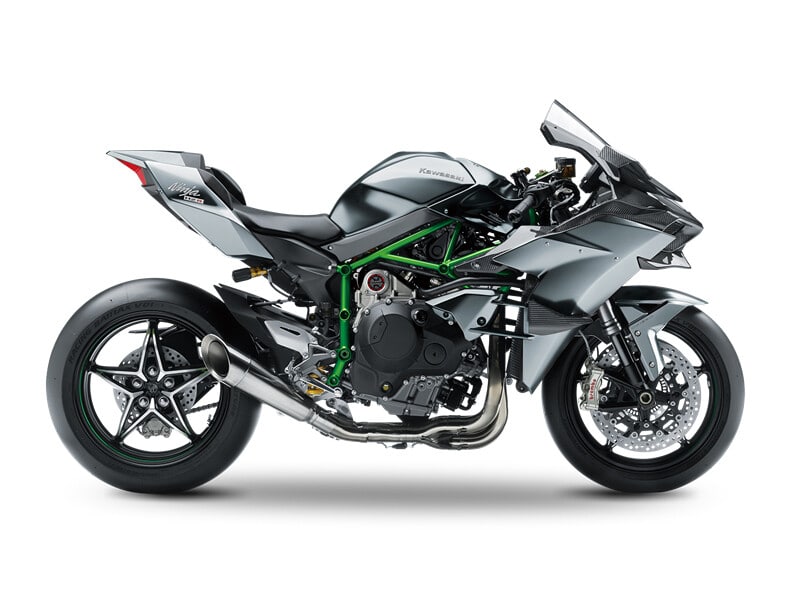
Meanwhile, the pilot enjoys a ergonomic driving position developed in the wind tunnel and aided by a seat with lateral support pads that can be adjusted forward and backward. Aesthetically, Kawasaki has not foreseen new graphics or color highlights on the new Ninja H2R.
Even mechanically there are no changes: it is always based on the supercharged four-cylinder with 999cc compressor that develops a power of 310 CV a 14.000 giri/min and a maximum torque of 165 Nm at 12,500 rpm. Figures with which it has managed to break the barrier in the past of 400 km / h. The exhaust also remains the same, continuing the stylized image of the set.
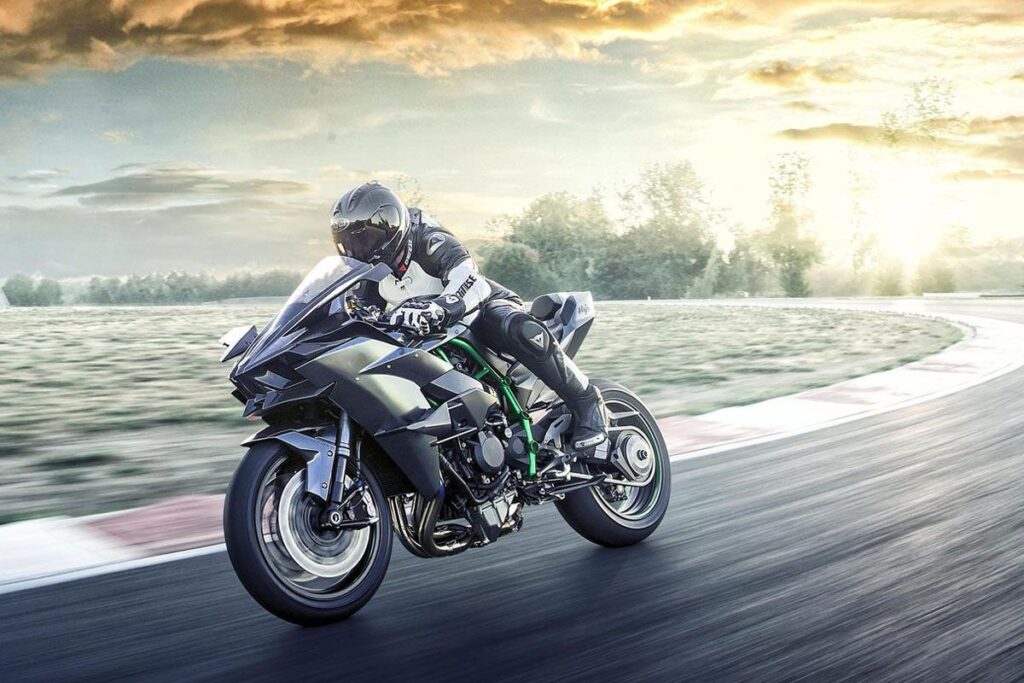
On a cycling level, it has a multi-tubular frame designed to withstand the enormous forces it generates and, in turn, offer adequate flex for riding. In the construction of this frame, pipes of different widths and thicknesses are used, all calculated by a unique computer simulation, which refines the characteristics of voltage and resistance to the maximum.
The cycling part is completed by a single-sided swingarm supported by an Öhlins TTX36 rear suspension, while Brembo provides the necessary braking power through its monobloc calipers at the front. And there is no lack, and the opposite of one would have been a crime hydraulic assisted and anti-rebound clutch and a series of electronic aids managed by the Bosch IMU, such as the curve management function and traction control, which guarantees extreme sensations on the circuit but always in safety.
Obviously all this technology and innovation has a price, and certainly not a low one, which exactly amounts to 55.000 euro.







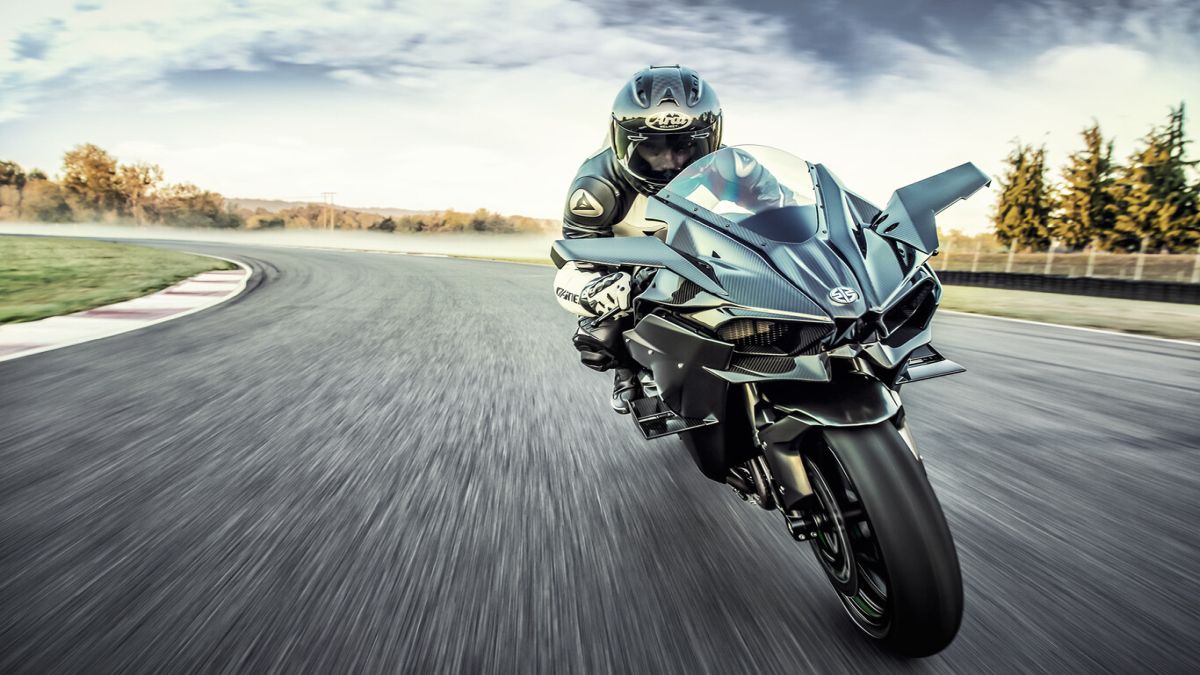




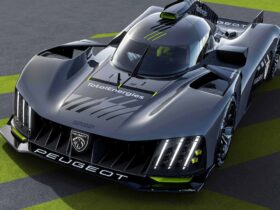
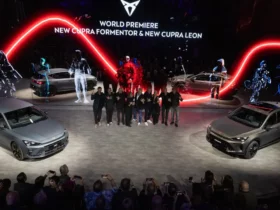


Leave a Reply
View Comments